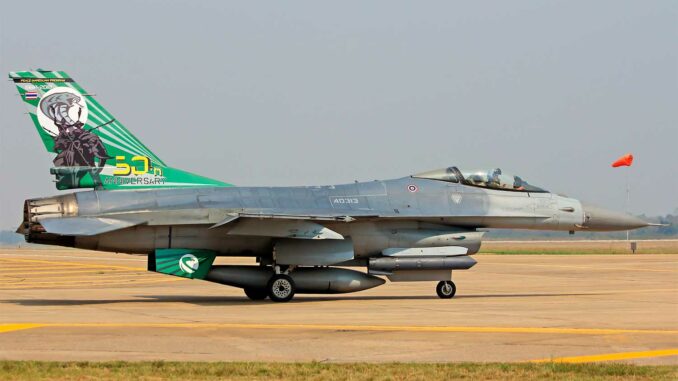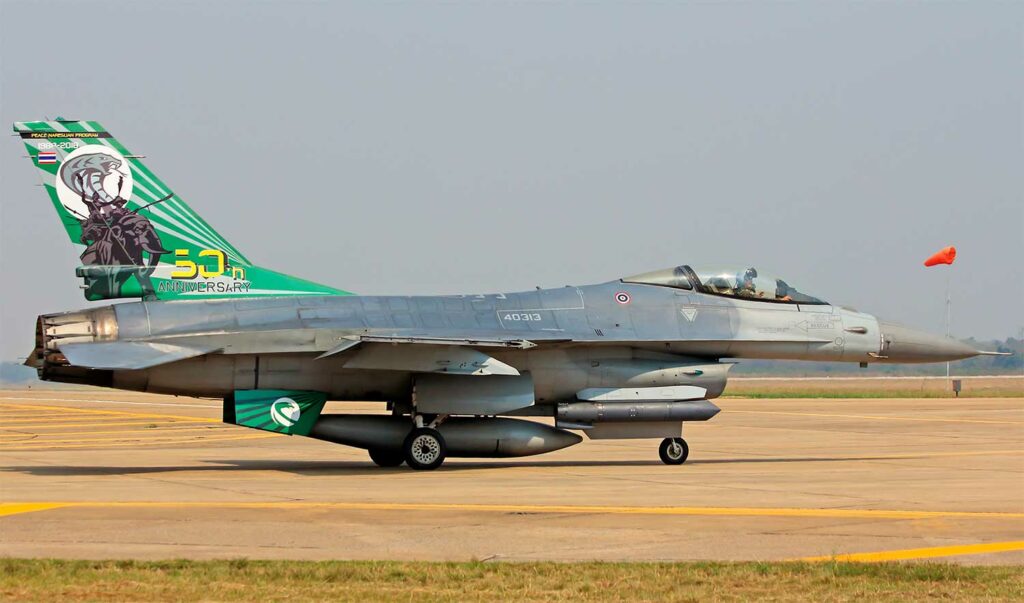
Border disputes, historical issues, national pressure: a clear explanation of Thailand’s strikes on Cambodia.
Since late July 2025, Thai air strikes have been targeting positions in Cambodia, reigniting a century-old dispute. This conflict is not simply a territorial dispute: it is the result of a complex web of historical precedents, internal political rivalries, economic tensions, and diplomatic crises. The aim of this article is to present, simply but accurately, the main reasons that led Thailand to resort to traditional strikes and to clarify the current dynamics that precipitated the use of force.
A historic territorial dispute
The dispute centers on areas near the Preah Vihear temple and Ta Muen Thom, which were included in a 1907 Franco-Siamese treaty. Cambodia bases its claim on the map in the treaty, while Thailand disputes its accuracy or interpretation.
The International Court of Justice awarded the site of Preah Vihear to Cambodia in 1962 and confirmed this decision in 2013. However, Bangkok now systematically rejects the implicit jurisdiction of the court over this type of dispute.
These border conflicts are not new: clashes already took place between 2008 and 2011 in the same areas.
This long-standing dispute now serves as a diplomatic and popular justification for the use of force when Thailand perceives a violation of its sovereignty over these disputed regions.
Recent triggering incidents
The recent clashes erupted following the death of a Cambodian soldier in May 2025, after an exchange of fire with the Thai army near the border. This led to a diplomatic escalation.
The closure of border crossings, the freezing of trade, and the ban on Thai products in Cambodia increased mistrust.
In July, Thai soldiers were wounded by a PMN-2 mine near Nam Yuen, prompting a direct military response. Bangkok denounced the act as inhumane and in violation of international conventions.
This specific incident triggered the deployment of six Thai F-16s on a targeted strike mission in Cambodia, marking a sharp turn toward the militarization of the conflict.
Political dynamics and internal rivalries
Beyond border tensions, the escalation is fueled by a political struggle between influential figures: on one side, the Shinawatra dynasty in Thailand; on the other, Cambodia’s former strongman Hun Sen and his son Hun Manet.
A phone conversation leaked in June between Paetongtarn Shinawatra (suspended Thai prime minister) and Hun Sen was seen as a sign of weakness towards Phnom Penh, triggering nationalist reactions in Bangkok.
At the same time, Hun Sen may see this as an opportunity to bolster his credibility in the face of rising domestic discontent and economic pressures.
In Thailand, the current interim government has mobilized patriotic rhetoric and military threats to assert its authority in the face of government instability.

Strategic issues and consequences
Thailand’s military intervention is therefore motivated by a combination of factors: perceived defense, symbolic assertion of sovereignty, and demonstration of strength to the public.
Internationally, Bangkok is relying on strategic partnerships (particularly with the United States) as implicit support for its military stance—the deployment of F-16s being a clear message.
On the ground, the use of heavy weapons, including cluster bombs, has affected civilian infrastructure such as schools and hospitals, displacing between 150,000 and 200,000 people.
The intensified strikes have killed dozens of civilians and military personnel, exacerbating a major humanitarian crisis.
Finally, rising tensions are undermining regional stability, pushing ASEAN to play a mediating role and prompting external powers (the US and China) to intervene diplomatically to prevent an uncontrolled escalation.
The Thai strikes on Cambodia are thus the result of a combination of historical territorial tensions, recent military incidents, national political issues, and power strategies. This complex dynamic reveals that the use of force is not isolated, but rather the product of multiple, symbolic, and very real interactions between history, domestic politics, and geopolitical rivalries.
War Wings Daily is an independant magazine.